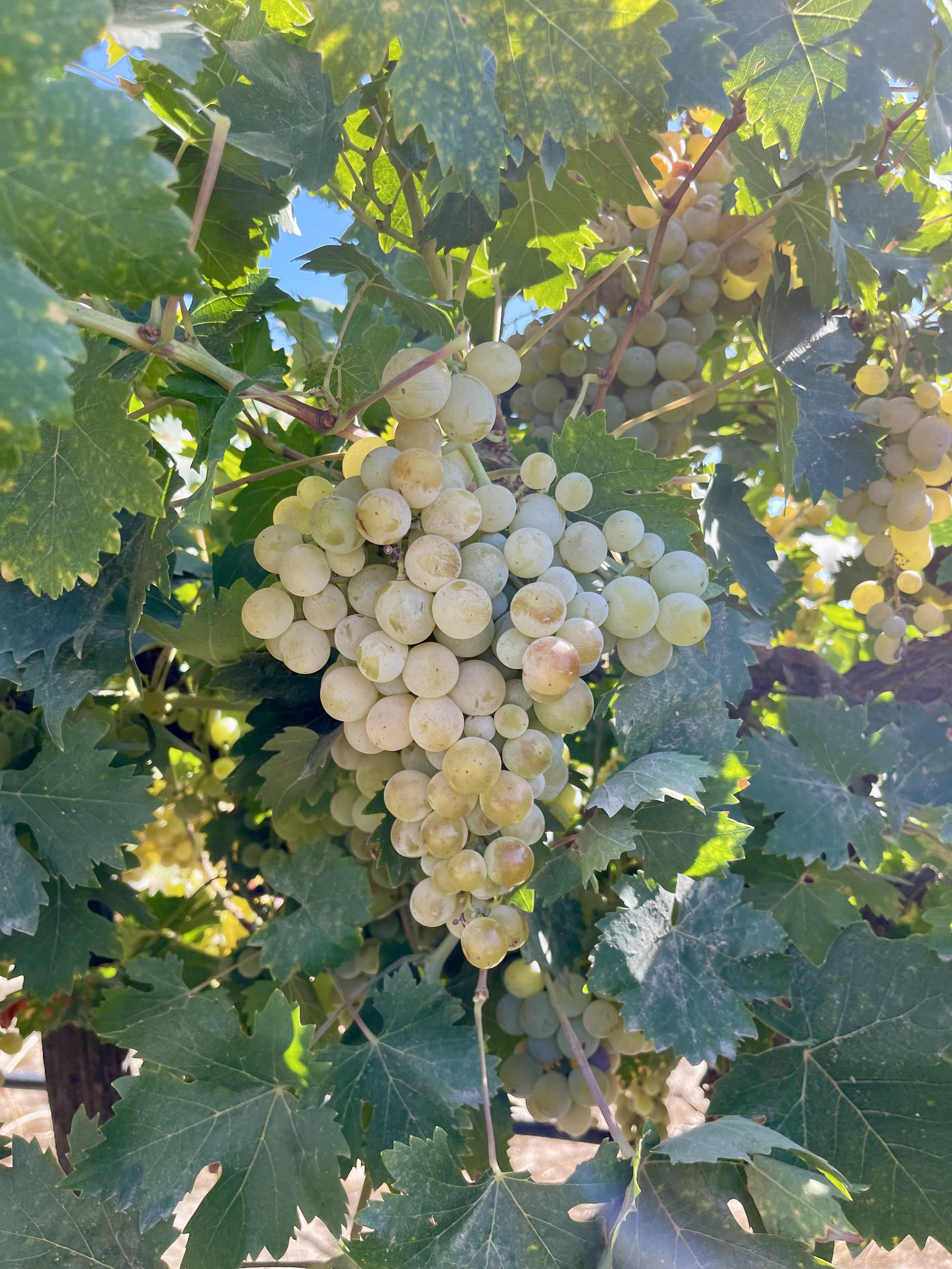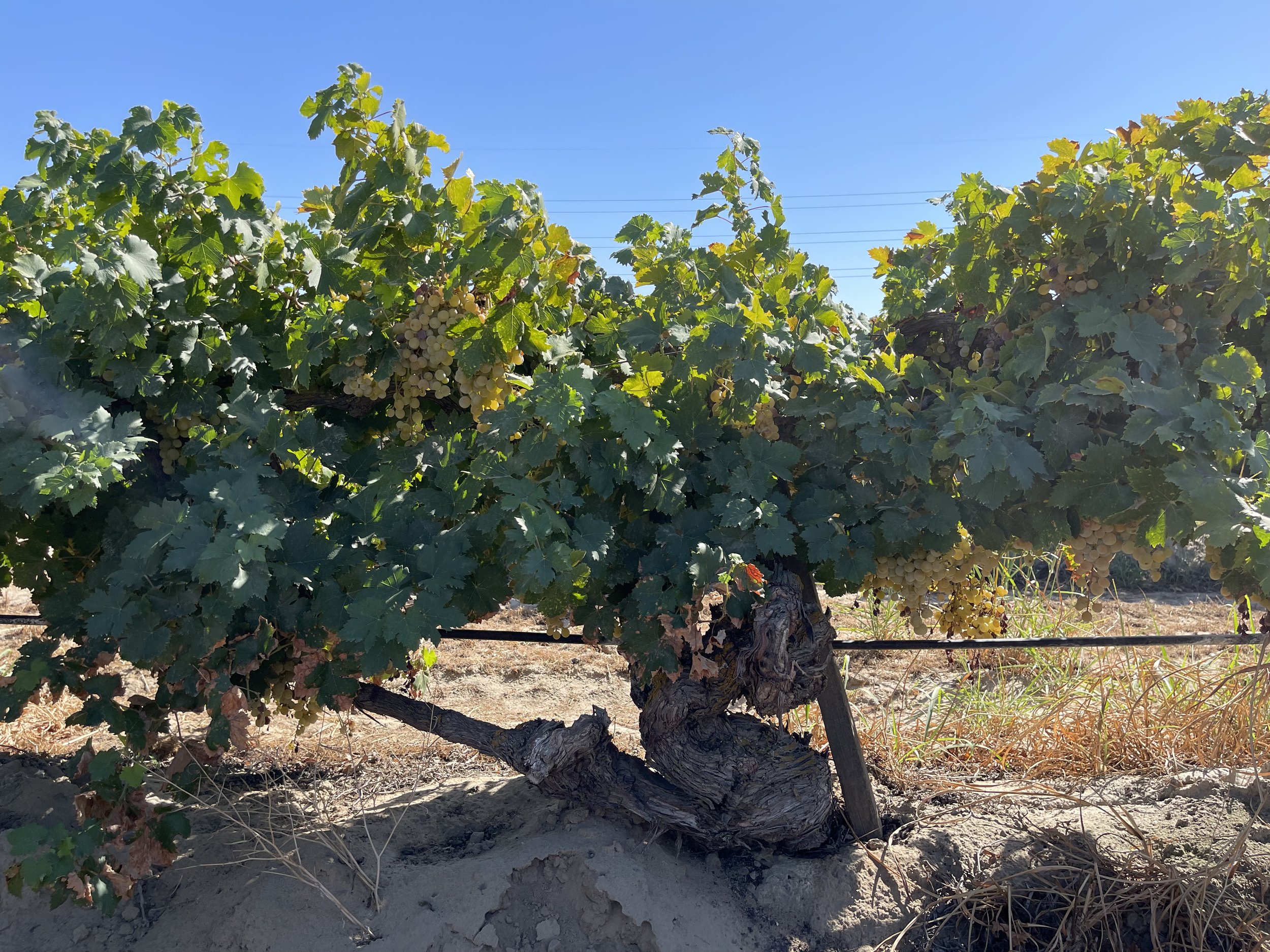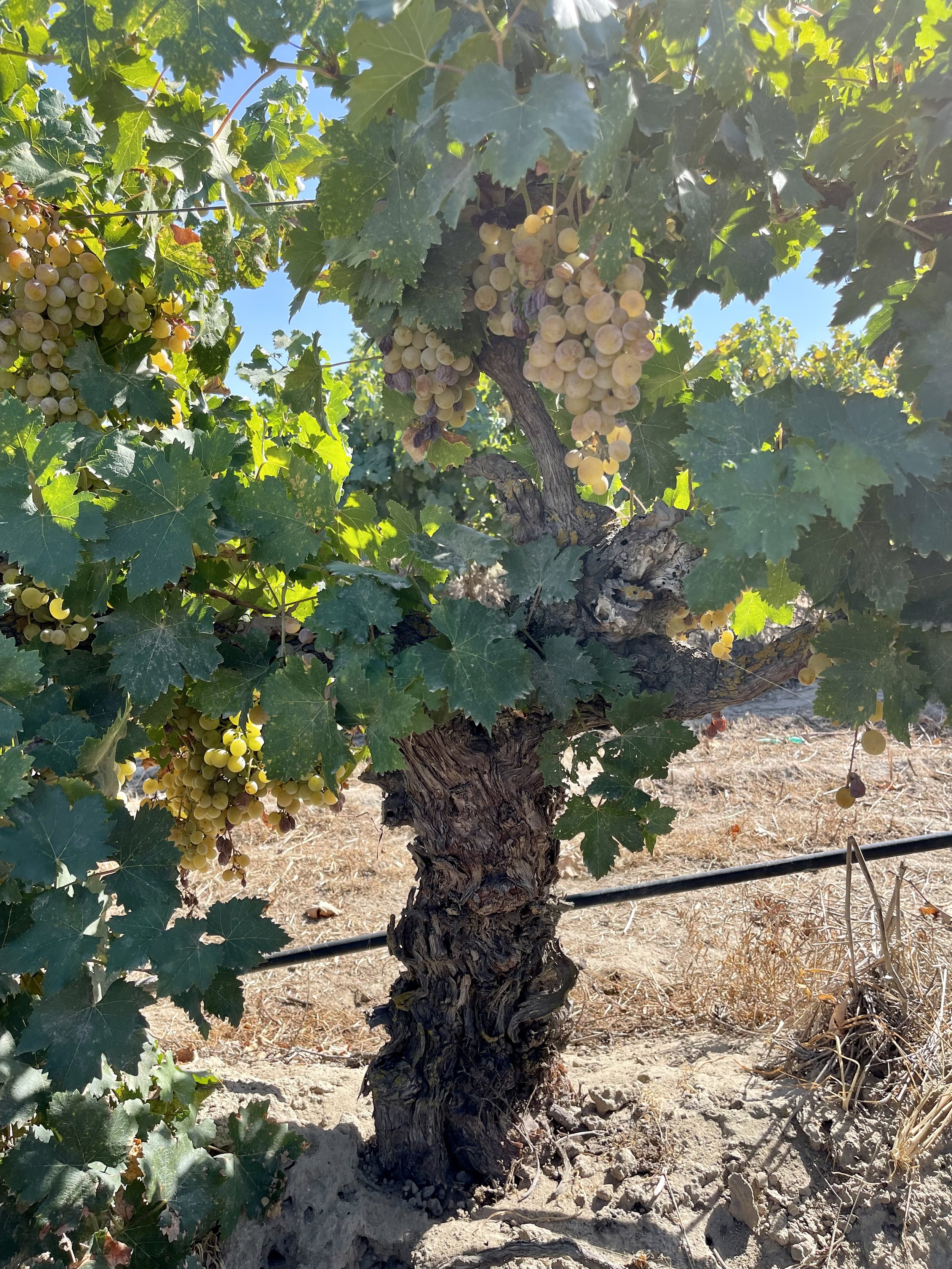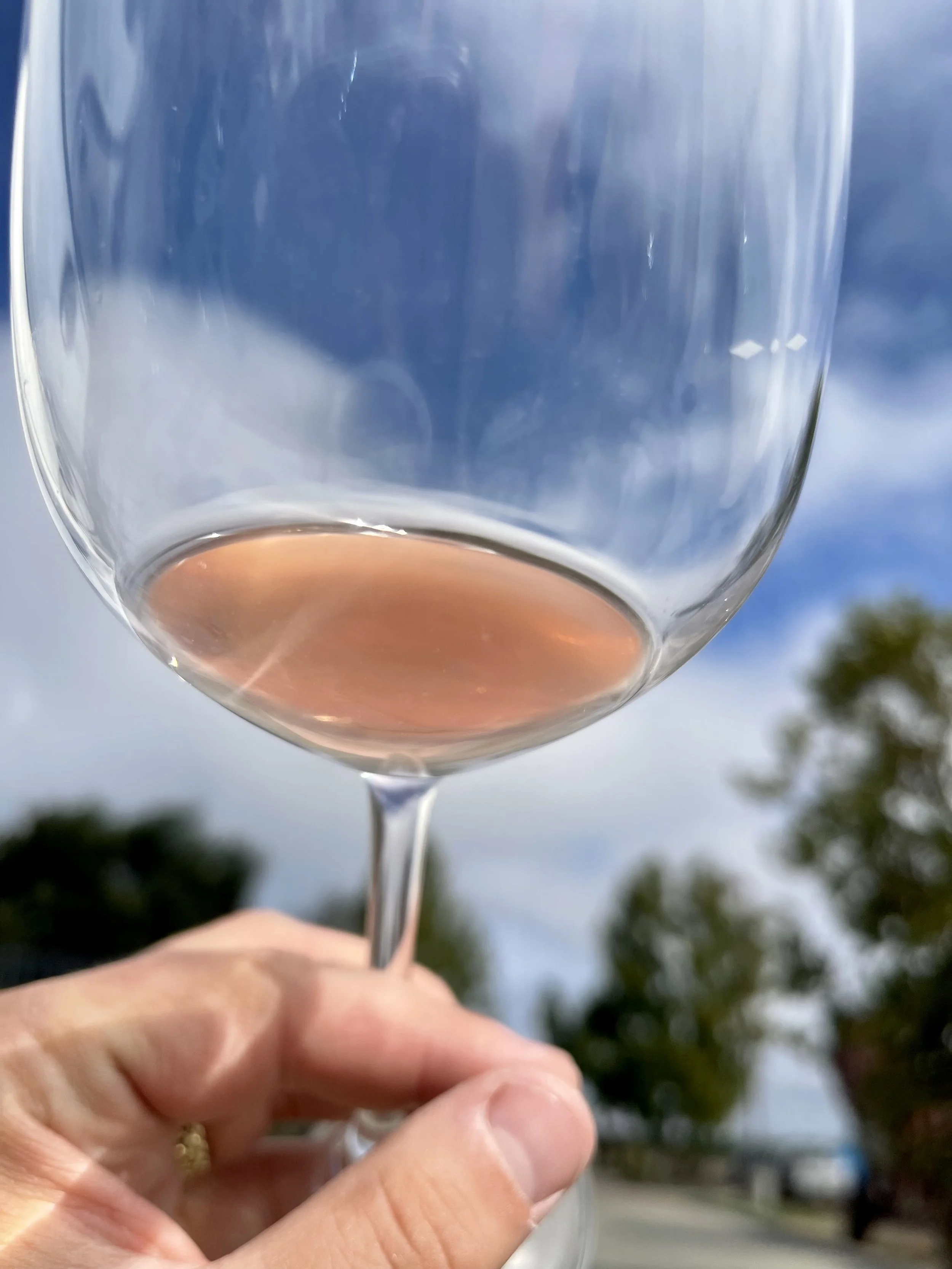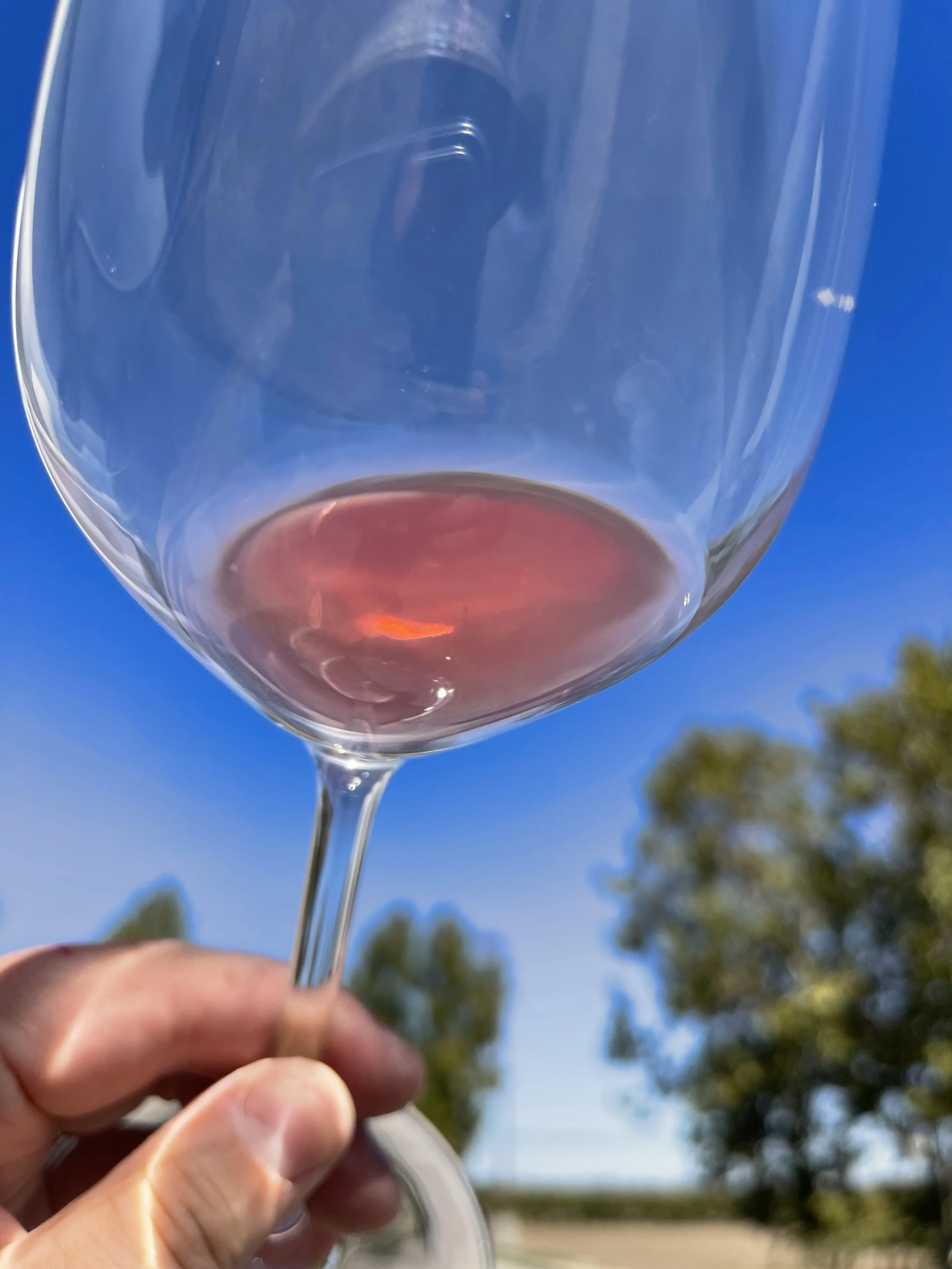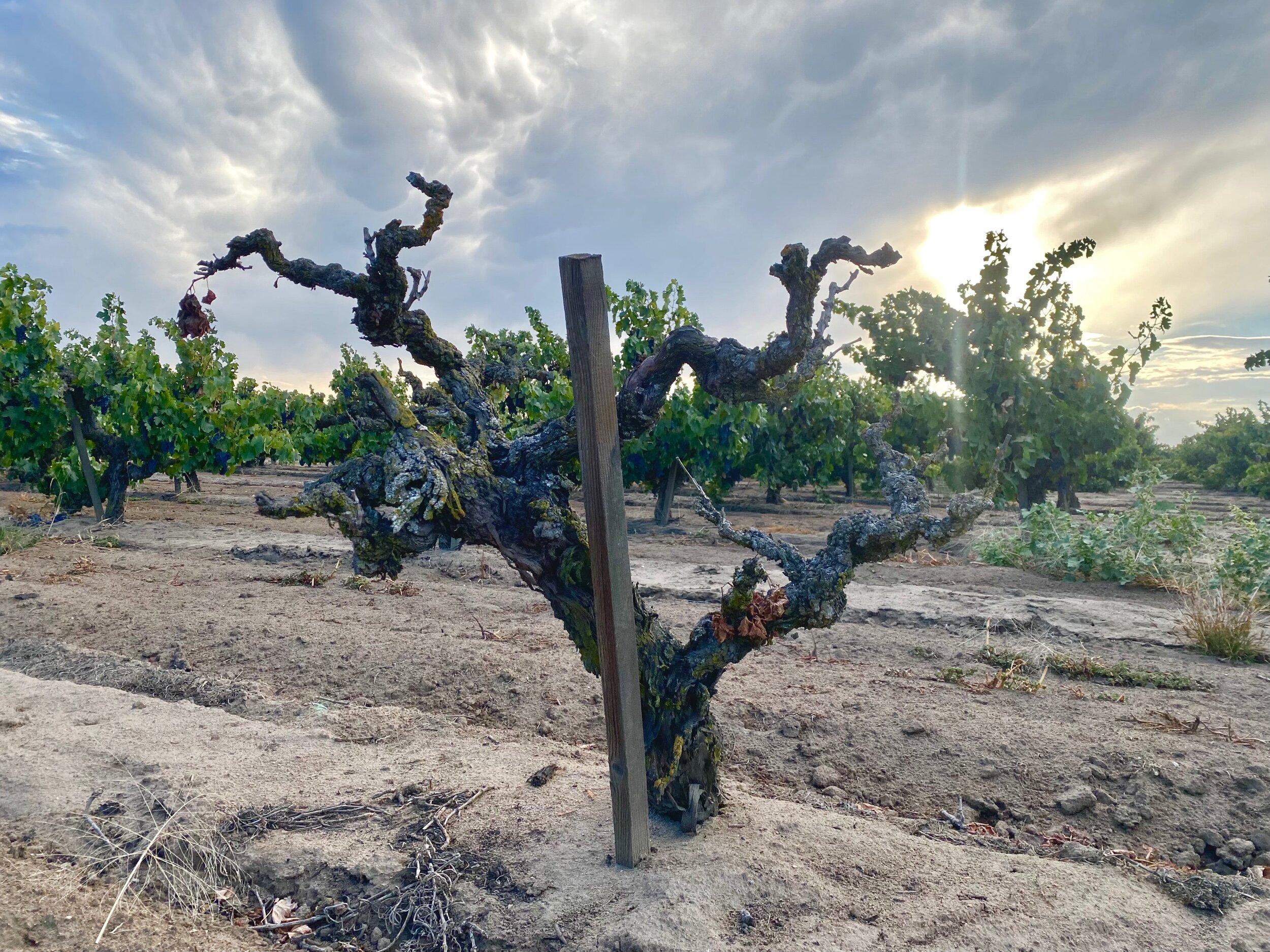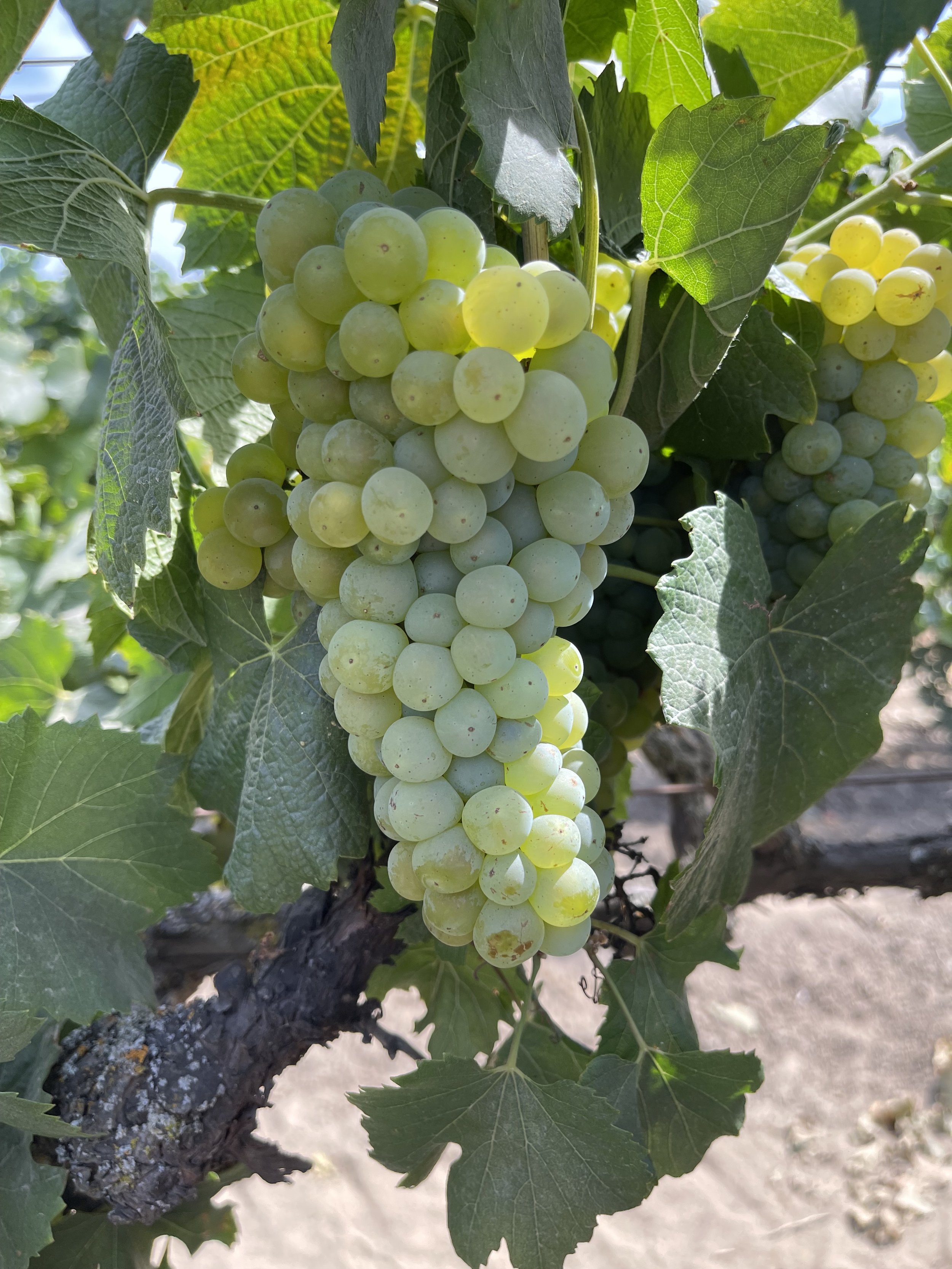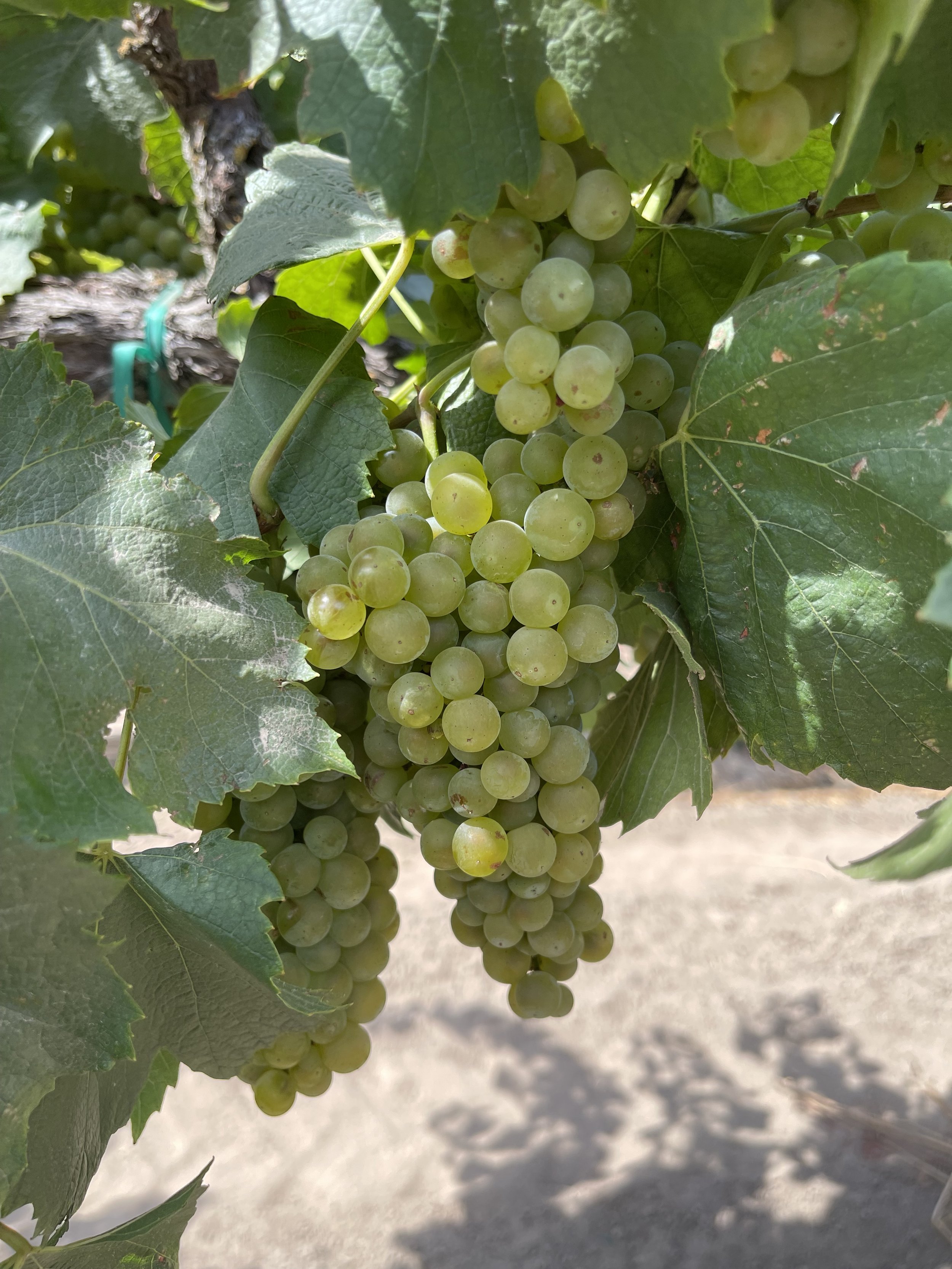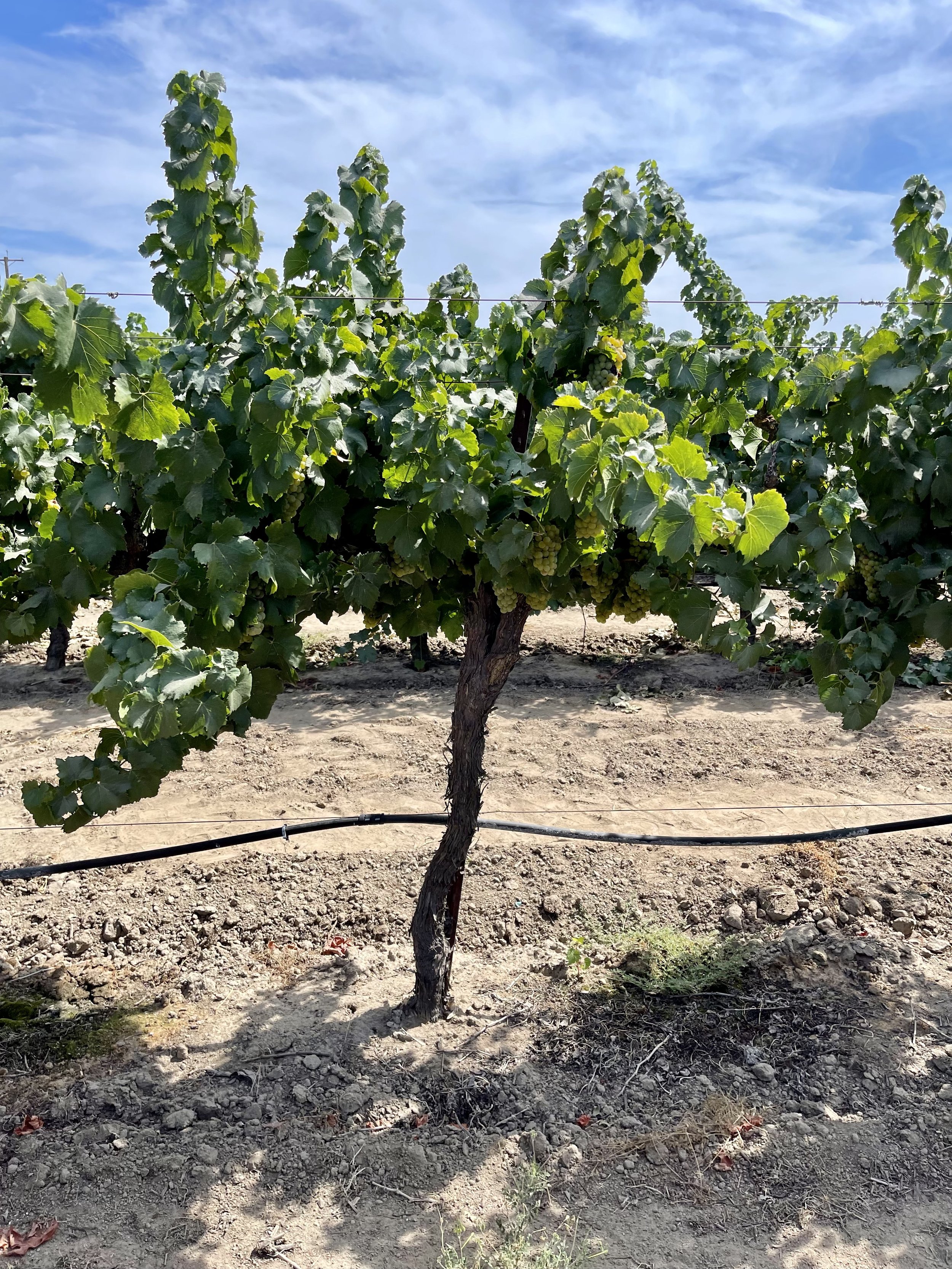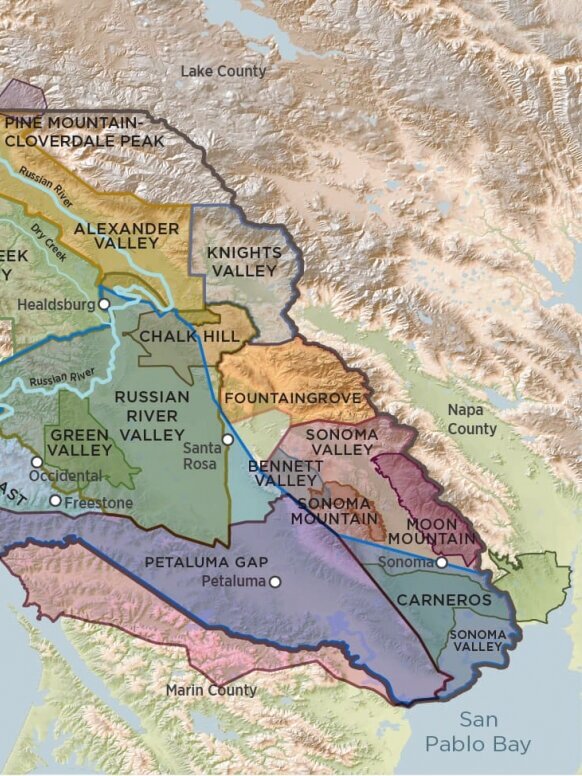 Image 1 of 8
Image 1 of 8

 Image 2 of 8
Image 2 of 8

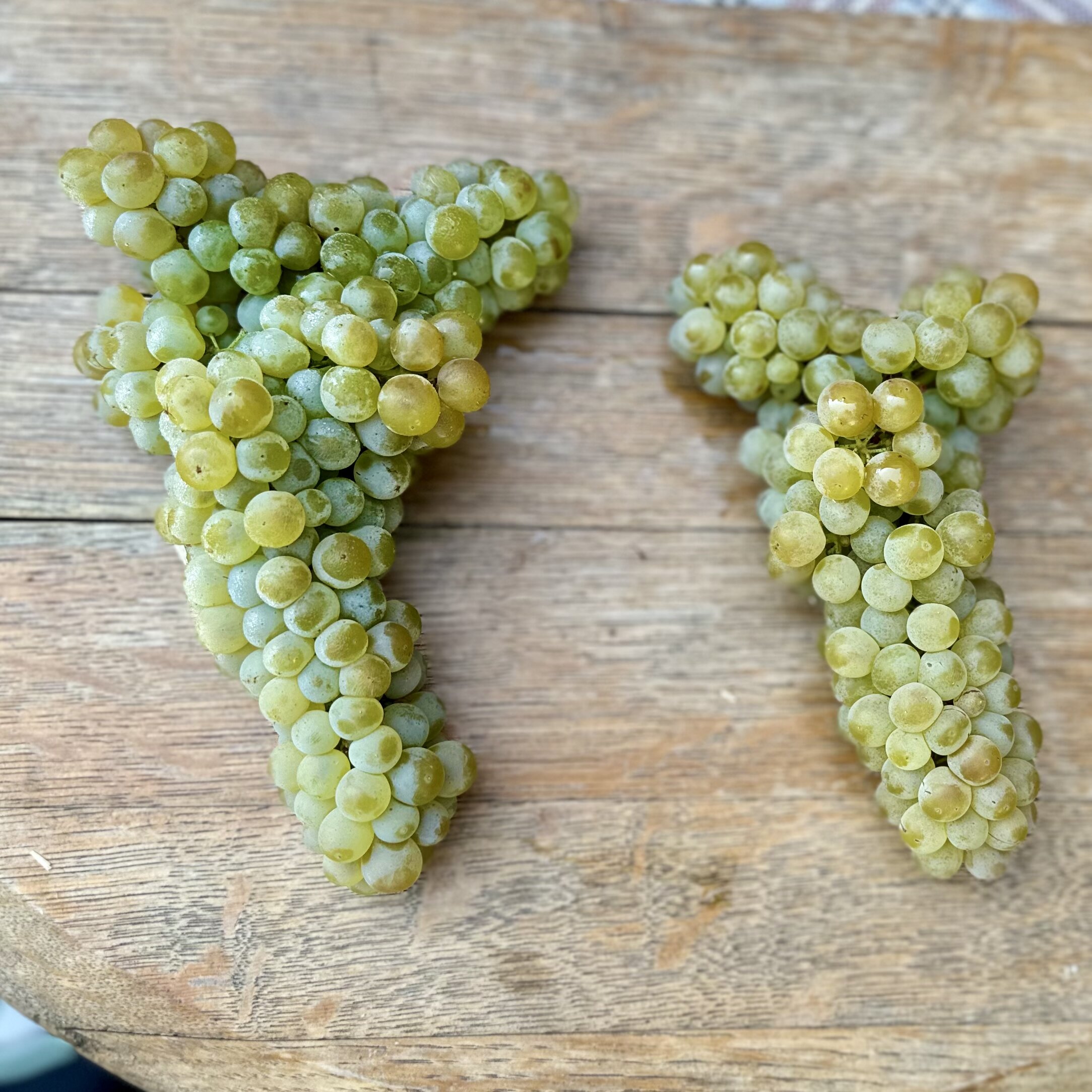 Image 3 of 8
Image 3 of 8

 Image 4 of 8
Image 4 of 8

 Image 5 of 8
Image 5 of 8

 Image 6 of 8
Image 6 of 8

 Image 7 of 8
Image 7 of 8

 Image 8 of 8
Image 8 of 8









2023 Walla Walla Valley Viognier Frozen Grape Juice
Each pail includes five and quarter gallons of grape juice. Product will arrive partially frozen.
Walla Walla Valley, Washington
Brix: 23.1 , pH: 3.47 , TA: 5.0 g/L (full juice panel in photos)
Harvested September 6th, 2023
The Walla Walla Valley straddles southeastern Washington and northeastern Oregon. Walla Walla translates to “many waters” in reference to the land’s proximity to the Columbia, Snake, and Walla Walla Rivers. Rain is a seldom occurrence here and the area only receives about 15 inches of annual rainfall. Like the rest of the Columbia Valley, the landscapes and soils of Walla Walla were largely shaped by the cataclysmic Missoula Floods which swept through at the end of the last Ice Age. The Walla Walla Silt Soil left behind is a well-drained, sandy loess over Missoula Flood slackwater deposits and fractured basalt.
Each pail includes five and quarter gallons of grape juice. Product will arrive partially frozen.
Walla Walla Valley, Washington
Brix: 23.1 , pH: 3.47 , TA: 5.0 g/L (full juice panel in photos)
Harvested September 6th, 2023
The Walla Walla Valley straddles southeastern Washington and northeastern Oregon. Walla Walla translates to “many waters” in reference to the land’s proximity to the Columbia, Snake, and Walla Walla Rivers. Rain is a seldom occurrence here and the area only receives about 15 inches of annual rainfall. Like the rest of the Columbia Valley, the landscapes and soils of Walla Walla were largely shaped by the cataclysmic Missoula Floods which swept through at the end of the last Ice Age. The Walla Walla Silt Soil left behind is a well-drained, sandy loess over Missoula Flood slackwater deposits and fractured basalt.


